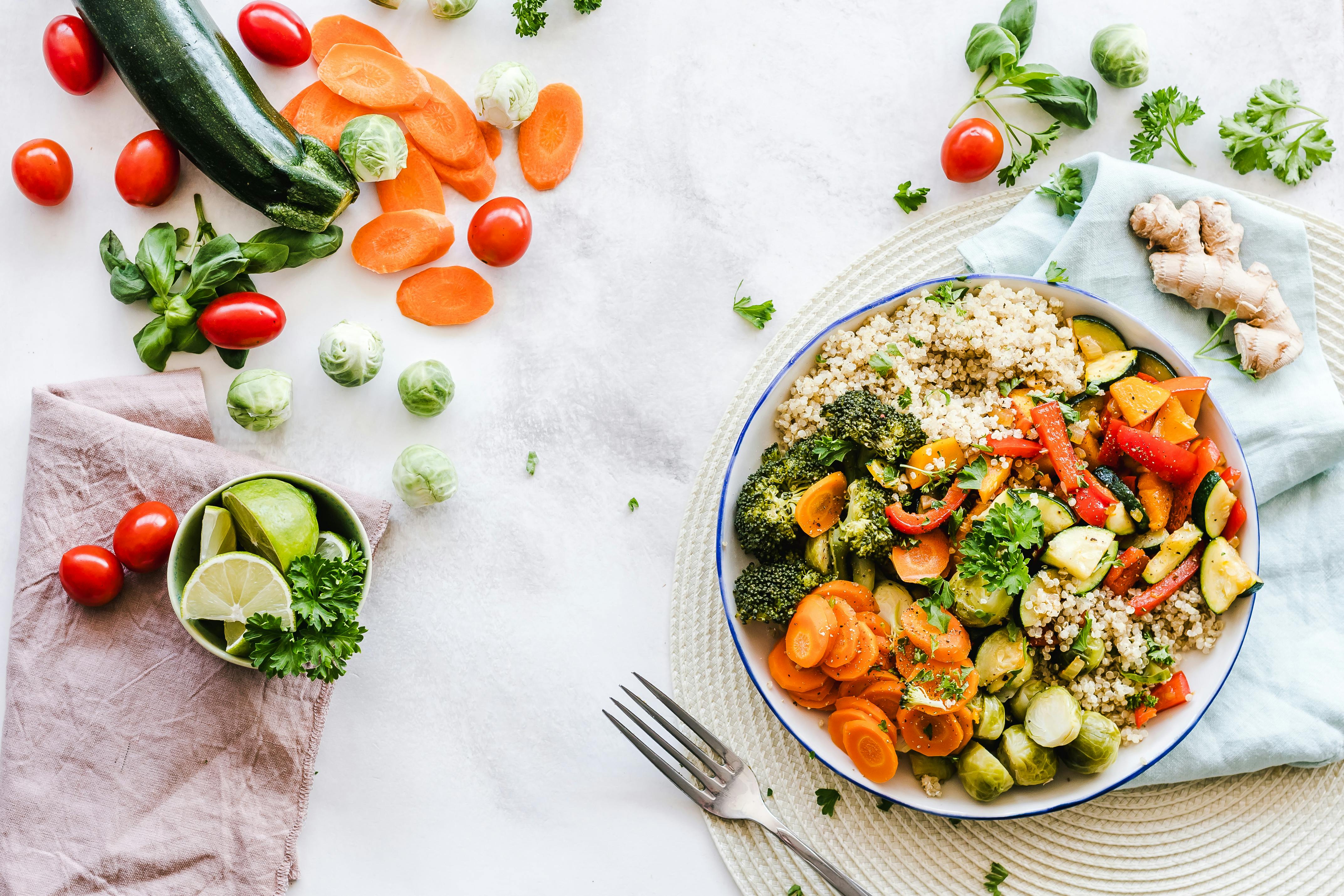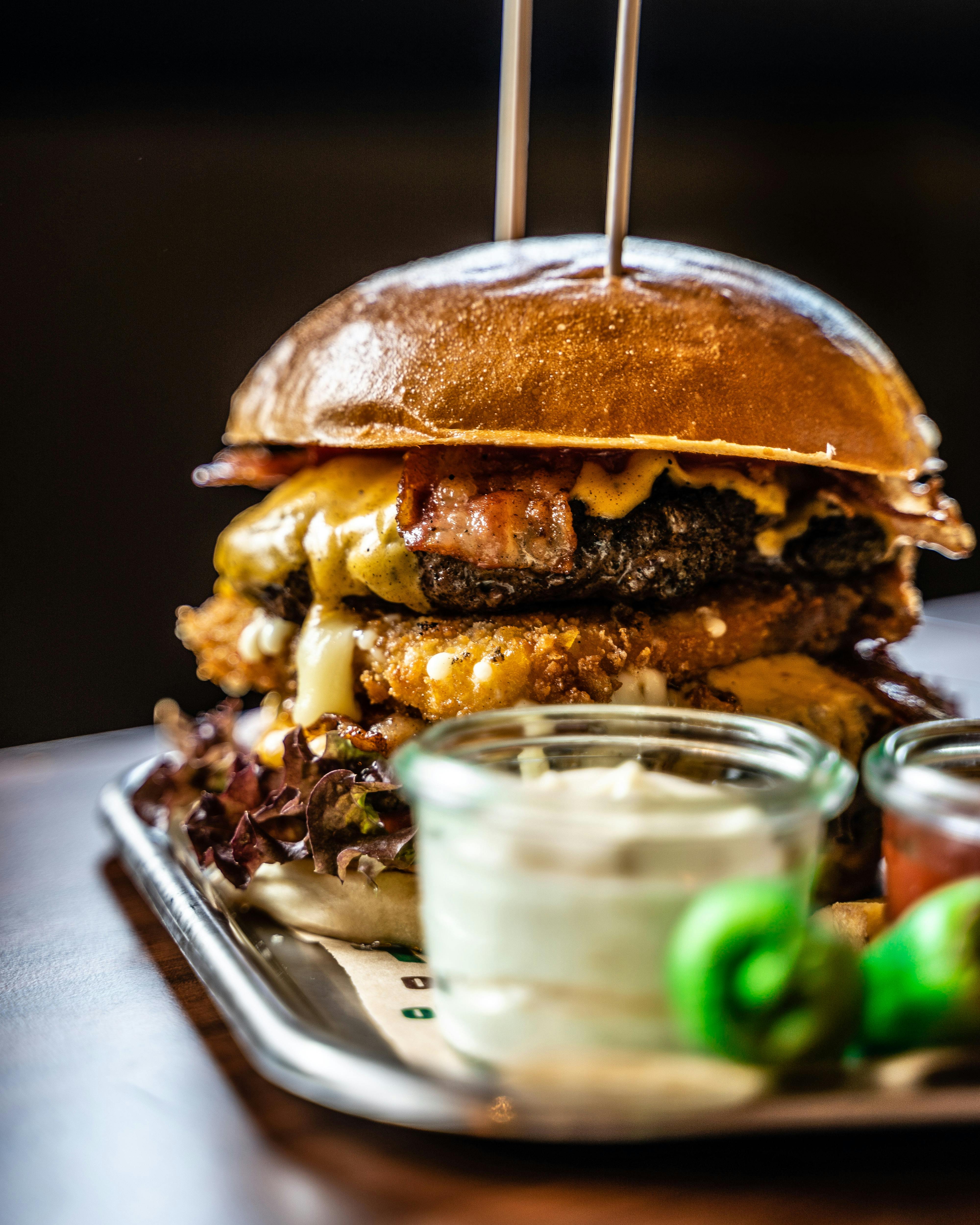Many men aspire to achieve a healthier physique and shed excess weight, yet the idea of spending hours in a gym can be daunting or simply impractical. The good news is that significant body transformation doesn’t always require a gym membership or intense workout routines. In fact, diet plays a paramount role, often accounting for 70-80% of weight loss success. This comprehensive guide will walk you through a practical, effective diet plan tailored for men, enabling you to achieve your weight loss goals right from the comfort of your home. We’ll explore the fundamental principles of weight loss, practical meal strategies, and tips for long-term success, all without needing to step foot in a gym.
The Core Principle: Calorie Deficit for Weight Loss
At the heart of any successful weight loss journey lies the concept of a calorie deficit. This means consistently consuming fewer calories than your body expends. When your body doesn’t receive enough energy from food, it begins to tap into its stored fat reserves for fuel, leading to weight reduction. Understanding your daily calorie needs is the first crucial step.
Calculating Your Daily Calorie Needs
Your Basal Metabolic Rate (BMR) is the number of calories your body burns at rest to maintain basic functions. Your Total Daily Energy Expenditure (TDEE) includes your BMR plus the calories burned through daily activities. Online calculators can help estimate your TDEE based on factors like age, weight, height, and activity level. To create a deficit, aim to consume 500-750 fewer calories than your TDEE, which typically results in a healthy weight loss of 1-1.5 pounds per week.
Pro Tip: Don’t drastically cut calories. A severe deficit can slow your metabolism and lead to nutrient deficiencies. A moderate, sustainable deficit is key for long-term success. For a reliable tool to help plan your weight, consider using the NIH Body Weight Planner, which offers personalized insights.
The Importance of Macronutrients
While calories are important, the source of those calories matters significantly. Macronutrients – protein, carbohydrates, and fats – each play distinct roles in your body and impact satiety, energy levels, and muscle preservation during weight loss.
Macronutrient Distribution for Weight Loss
| Macronutrient | Recommended % of Calories | Key Role | Food Sources |
|---|---|---|---|
| Protein | 25-35% | Muscle preservation, satiety, thermic effect | Lean meats, fish, eggs, dairy, legumes, tofu |
| Carbohydrates | 40-50% | Primary energy source, fiber | Whole grains, fruits, vegetables, oats |
| Fats | 20-30% | Hormone production, nutrient absorption, satiety | Avocados, nuts, seeds, olive oil, fatty fish |
Building Your Gym-Free Plate: Smart Food Choices
The cornerstone of a successful diet plan without a gym is focusing on nutrient-dense, whole foods. These foods provide essential vitamins and minerals, keep you feeling full, and support overall health. Prioritizing certain food groups can significantly impact your weight loss journey.

Protein: Your Satiety Ally
Protein is crucial for men aiming to lose weight while preserving muscle mass. It has a high thermic effect, meaning your body burns more calories digesting it, and it promotes satiety, helping you feel fuller for longer. Aim for 20-30 grams of protein per meal.
- Lean Meats: Chicken breast, turkey, lean beef cuts.
- Fish: Salmon, tuna, cod (rich in Omega-3s).
- Eggs: A complete protein source, versatile and affordable.
- Dairy: Greek yogurt, cottage cheese (high in protein, low in fat).
- Plant-Based: Lentils, beans, tofu, tempeh, quinoa.
“Increasing protein intake can significantly enhance satiety and reduce overall calorie consumption, making it a powerful tool for weight management.” – Dietary Protein and Weight Management: A Review of the Evidence from Clinical Trials (2020)
Smart Carb Choices for Energy
Carbohydrates provide essential energy, but choosing the right types is vital. Opt for complex carbohydrates that are rich in fiber, as they digest slowly, providing sustained energy and preventing blood sugar spikes that can lead to cravings.
- Whole Grains: Brown rice, quinoa, oats, whole-wheat bread.
- Vegetables: Broccoli, spinach, bell peppers, sweet potatoes.
- Fruits: Berries, apples, bananas (in moderation due to natural sugars).
Healthy Fats: Essential for Hormones
While calorie-dense, healthy fats are crucial for hormone production, nutrient absorption, and overall satiety. Incorporate them in moderation.
- Avocados: Rich in monounsaturated fats.
- Nuts & Seeds: Almonds, walnuts, chia seeds, flax seeds.
- Olive Oil: Use for cooking or dressing salads.
- Fatty Fish: Salmon, mackerel (also great protein sources).
Meal Planning & Preparation Strategies
Consistency is key in any diet plan. Effective meal planning and preparation can save you time, reduce the likelihood of unhealthy impulse eating, and ensure you stick to your calorie and macronutrient goals.

Batch Cooking for Busy Schedules
Dedicate a few hours one day a week (e.g., Sunday) to prepare components of your meals. Cook a large batch of lean protein (chicken, ground turkey), roast a variety of vegetables, and prepare a whole grain like quinoa or brown rice. Store them in individual containers for easy assembly throughout the week.
- Pre-portioned Snacks: Divide nuts, seeds, or fruit into small bags.
- Overnight Oats: Prepare breakfast the night before for a quick, healthy start.
- Salad Jars: Layer ingredients in jars for fresh, portable lunches.
Portion Control Made Simple
Even healthy foods can lead to weight gain if consumed in excess. Learning to control your portions is vital. Use measuring cups and food scales initially to get a sense of appropriate serving sizes. Over time, you’ll develop an intuitive understanding.
- Plate Method: Fill half your plate with non-starchy vegetables, a quarter with lean protein, and a quarter with complex carbohydrates.
- Handy Guide: Your palm for protein, cupped hand for carbs, thumb for fats.
Hydration and Mindful Eating: Beyond the Plate
Weight loss isn’t just about what you eat, but also how you eat and how well you hydrate. These often-overlooked aspects can significantly impact your progress and overall well-being.

The Role of Water in Weight Management
Water is essential for countless bodily functions, including metabolism. Drinking enough water can help you feel full, reduce cravings, and prevent you from mistaking thirst for hunger. Aim for at least 8-10 glasses (2-2.5 liters) of water daily, more if you’re active or in a warm climate.
- Drink a glass of water before each meal.
- Carry a reusable water bottle to encourage consistent hydration.
- Infuse water with fruits like lemon or cucumber for flavor.
Listening to Your Body’s Hunger Cues
Mindful eating involves paying attention to your body’s signals of hunger and fullness, eating slowly, and savoring your food. This practice can help prevent overeating and improve your relationship with food.
“Mindful eating interventions have shown promise in reducing emotional eating, binge eating, and overall weight, by fostering a greater awareness of internal hunger and satiety cues.” – Mindful Eating: A Review Of The Evidence Base And Its Application In Clinical Practice (2017)
- Eat without distractions (TV, phone).
- Chew slowly and thoroughly.
- Pause between bites and check in with your hunger level.
- Stop eating when you feel satisfied, not stuffed.
Overcoming Challenges & Sustaining Progress
Weight loss is a journey with ups and downs. Understanding common challenges and developing strategies to overcome them is vital for long-term success, especially when relying solely on diet.
Dealing with Cravings and Emotional Eating
Cravings are a natural part of dieting, but they don’t have to derail your progress. Identify triggers for emotional eating (stress, boredom, sadness) and find non-food coping mechanisms. Sometimes, a small, planned indulgence can prevent a full-blown binge.
- Distraction: Go for a walk, call a friend, read a book.
- Healthy Alternatives: Keep healthy snacks readily available.
- Hydration Check: Often, thirst is mistaken for hunger.
Incorporating Non-Exercise Activity Thermogenesis (NEAT)
While this plan focuses on diet without a gym, increasing your NEAT can significantly boost your calorie expenditure. NEAT refers to the energy expended for everything we do that is not sleeping, eating, or sports-like exercise.
- Take the stairs instead of the elevator.
- Park further away from your destination.
- Stand more often, use a standing desk.
- Walk during phone calls or breaks.
- Engage in active hobbies like gardening or cleaning.
Conclusion: Your Path to a Healthier You
Achieving significant weight loss and improving your health as a man is entirely possible without ever stepping foot in a gym. By focusing on the fundamental principle of a calorie deficit, making smart, whole-food choices, mastering meal planning, prioritizing hydration, and practicing mindful eating, you can create a sustainable and effective diet plan.
Remember, consistency and patience are your greatest allies. Small, consistent changes over time lead to remarkable results. This isn’t just about losing weight; it’s about building healthier habits that will benefit you for years to come.
Ready to Start Your Transformation?
What’s the first dietary change you’re excited to implement from this guide? Share your biggest diet challenge or your favorite healthy meal prep tip in the comments below!
Further Reading & Resources:
- NIH Body Weight Planner – A comprehensive tool to help you plan and track your weight goals.
- Dietary Protein and Weight Management: A Review of the Evidence from Clinical Trials – Explore the scientific basis for protein’s role in weight loss.
- Mindful Eating: A Review Of The Evidence Base And Its Application In Clinical Practice – Delve deeper into the benefits of mindful eating for sustainable health.
